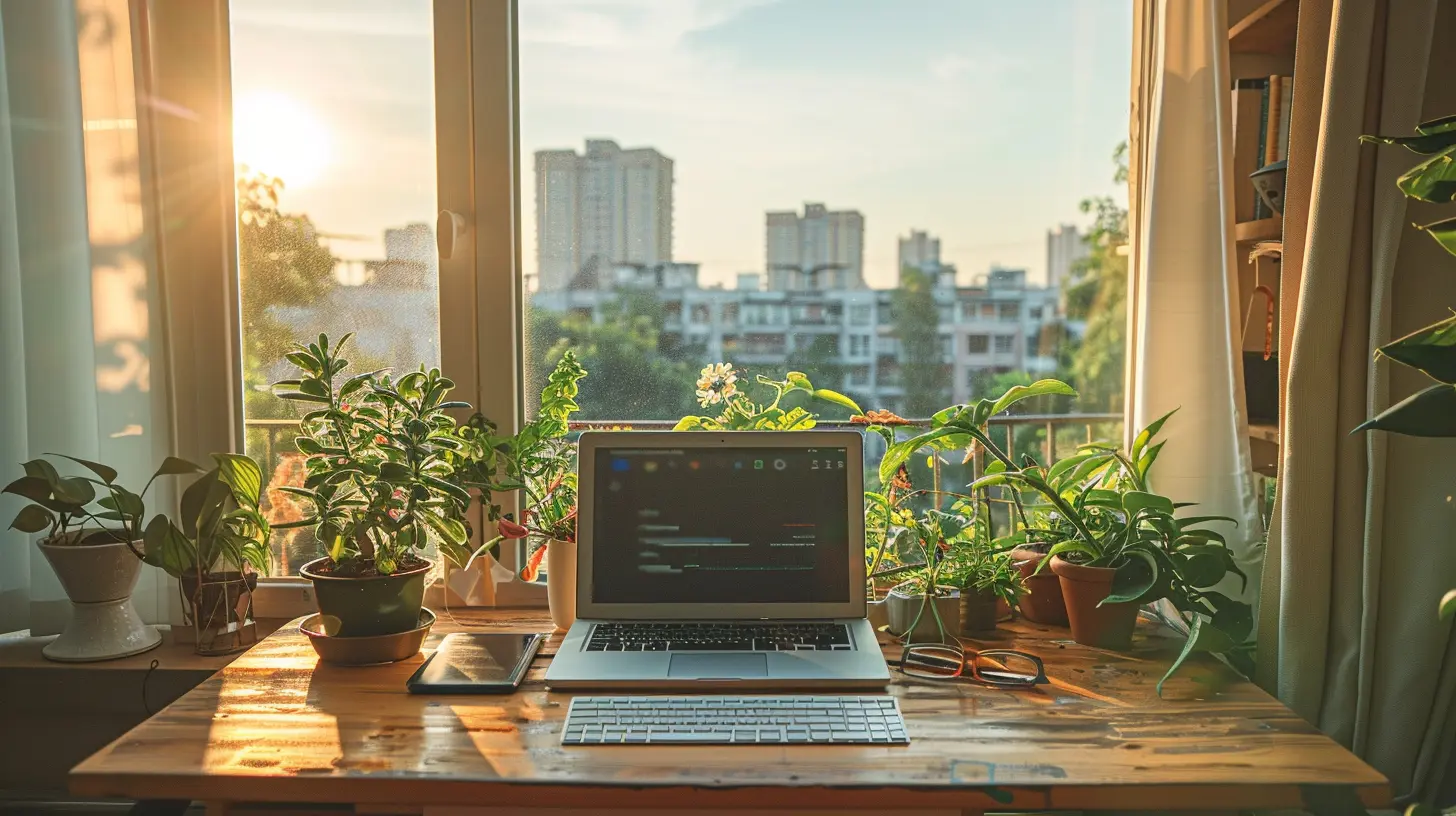The Rise of Remote Work and Its Effect on Housing Demand
20 August 2025
Remote work has transformed the way we look at our homes. What used to be just a place to rest and recharge has now become an office, a gym, and even a classroom. As more companies shift to flexible work arrangements, the real estate market is experiencing noticeable shifts. Homebuyers and renters are making different choices than they did before the pandemic, and housing demand is changing in ways we never anticipated.
So, what’s really happening? And how does remote work impact where and how people choose to live? Let’s dive in.

The Shift to Remote Work
The pandemic accelerated the adoption of remote work, but even as life returns to “normal,” many businesses are sticking with flexible work policies. Today, millions of people no longer need to live within commuting distance of their workplace. This shift is reshaping the housing market in ways that weren’t on anyone’s radar just a few years ago.Companies have realized that remote work isn't just a temporary solution—it’s the future. Giants like Google, Meta, and Microsoft have embraced hybrid and fully remote work formats, proving that employees can be just as productive (if not more) from home. As a result, workers are rethinking their living situations, leading to increased housing demand in specific areas and a decline in others.

How Remote Work Is Changing Housing Demand
1. Urban Exodus: People Are Leaving Big Cities
Before remote work became the norm, people had to live close to their offices. City life was the default choice, even if it meant higher rent, smaller living spaces, and long commutes. Now that many professionals can work from anywhere, there’s been a massive shift away from expensive metropolitan areas.Places like New York City, San Francisco, and Los Angeles have seen a population decline, while smaller cities and suburban areas have gained popularity. Why pay for a cramped apartment in a high-rise when you can afford a larger home with a backyard in a more affordable town?
2. The Rise of the Suburbs and Smaller Cities
Suburbs and mid-sized cities are experiencing a real estate boom. With remote work offering more location flexibility, people are trading city life for more space, better schools, and lower costs. Cities like Austin, Boise, and Nashville have seen a surge in demand, driving up property values and rental rates.But it’s not just about affordability. Many homebuyers are prioritizing quality of life. They want quieter neighborhoods, access to nature, and a stronger sense of community—things that are harder to find in bustling urban centers.
3. Increased Demand for Home Office Space
With work-from-home becoming the norm for many professionals, home office space is now a top priority. People no longer just want an extra bedroom; they want a dedicated, comfortable workspace.In real estate listings, you’ll now see “home office” mentioned just as frequently as bedrooms and bathrooms. Some buyers are even willing to pay a premium for properties with additional rooms or separate office spaces in the backyard, like converted sheds or guest houses.
4. The Rise of Co-Living and Work-Friendly Housing
Not everyone working remotely wants to live in isolation. Some professionals—especially younger workers—are embracing co-living spaces where they can maintain social connections while working remotely.Developers are adapting to this trend by designing buildings that cater to remote workers. These properties feature shared workspaces, high-speed internet, and flexible leasing options. It’s a modern twist on communal living, where residents balance work and social life under one roof.
5. Housing Prices and Rent Are Increasing In Remote-Friendly Areas
As more people move away from major cities, smaller towns and suburbs are experiencing a surge in demand. The result? Home prices and rent in these areas are climbing.For places that were once considered "affordable alternatives," this rapid growth is causing affordability concerns. Cities that were once budget-friendly are now facing housing shortages, making it harder for locals to compete in the real estate market.
Take Boise, for example. Once a hidden gem for homebuyers, it saw home prices skyrocket as remote workers flocked there during the pandemic. The same trend has played out in states like Montana, Idaho, and Texas.
6. Vacation Homes Are Becoming Permanent Residences
There’s been a noticeable shift in how people use vacation homes. What was once a weekend or summer getaway is now a full-time residence for many remote workers.The appeal? A slower pace of life, beautiful surroundings, and fewer distractions. Lakehouses, mountain cabins, and beachfront properties are in high demand, as remote employees swap city skylines for natural landscapes. With high-speed internet becoming more accessible in rural areas, working from a scenic location is easier than ever.
7. High-Speed Internet is a Must-Have
Speaking of internet access, it has become a major factor in real estate decisions. Remote workers depend on fast and reliable internet, making fiber-optic and high-speed broadband availability a key consideration when buying or renting a home.Cities and towns investing in better internet infrastructure are reaping the benefits by attracting remote workers. Conversely, areas with poor connectivity struggle to compete for new residents.

The Future of Housing in a Remote-Work World
So, where does this all lead?The long-term effects of remote work on housing demand are still unfolding, but some trends are likely here to stay. Companies are continuing to embrace flexible work policies, meaning more people will have the freedom to choose where they live based on lifestyle preferences rather than job location.
Real estate developers and urban planners will need to adapt to changing demands. There will be a greater focus on building homes with dedicated office spaces, improving internet infrastructure, and designing communities that support remote work lifestyles.
Additionally, local governments in high-growth areas will need to address housing shortages and affordability concerns. After all, not everyone benefits from rising home prices—locals can sometimes get priced out of their own neighborhoods.

Final Thoughts
Remote work isn’t just changing our careers—it’s redefining where and how we live. The housing market is undergoing a transformation, with more people moving to suburbs, smaller cities, and even rural areas. The demand for home office space is skyrocketing, and vacation homes are turning into full-time residences.While this shift presents opportunities, it also brings challenges. Housing prices in remote-friendly areas are increasing, and infrastructure—especially high-speed internet—needs to keep up with demand.
As remote work continues to evolve, so will the housing market. If you're considering buying or renting a home, it’s worth thinking about how this trend might impact your options. One thing is for sure: the way we think about "home" has changed forever.
all images in this post were generated using AI tools
Category:
Housing MarketAuthor:

Kingston Estes
Discussion
rate this article
1 comments
Zephyrion Chapman
Exciting times ahead! The shift to remote work opens up new possibilities in housing. Can't wait to see how this transforms our communities and lifestyles!
August 28, 2025 at 11:53 AM

Kingston Estes
Absolutely! The rise of remote work is reshaping housing preferences and community dynamics, sparking innovative opportunities for all. Exciting times indeed!


